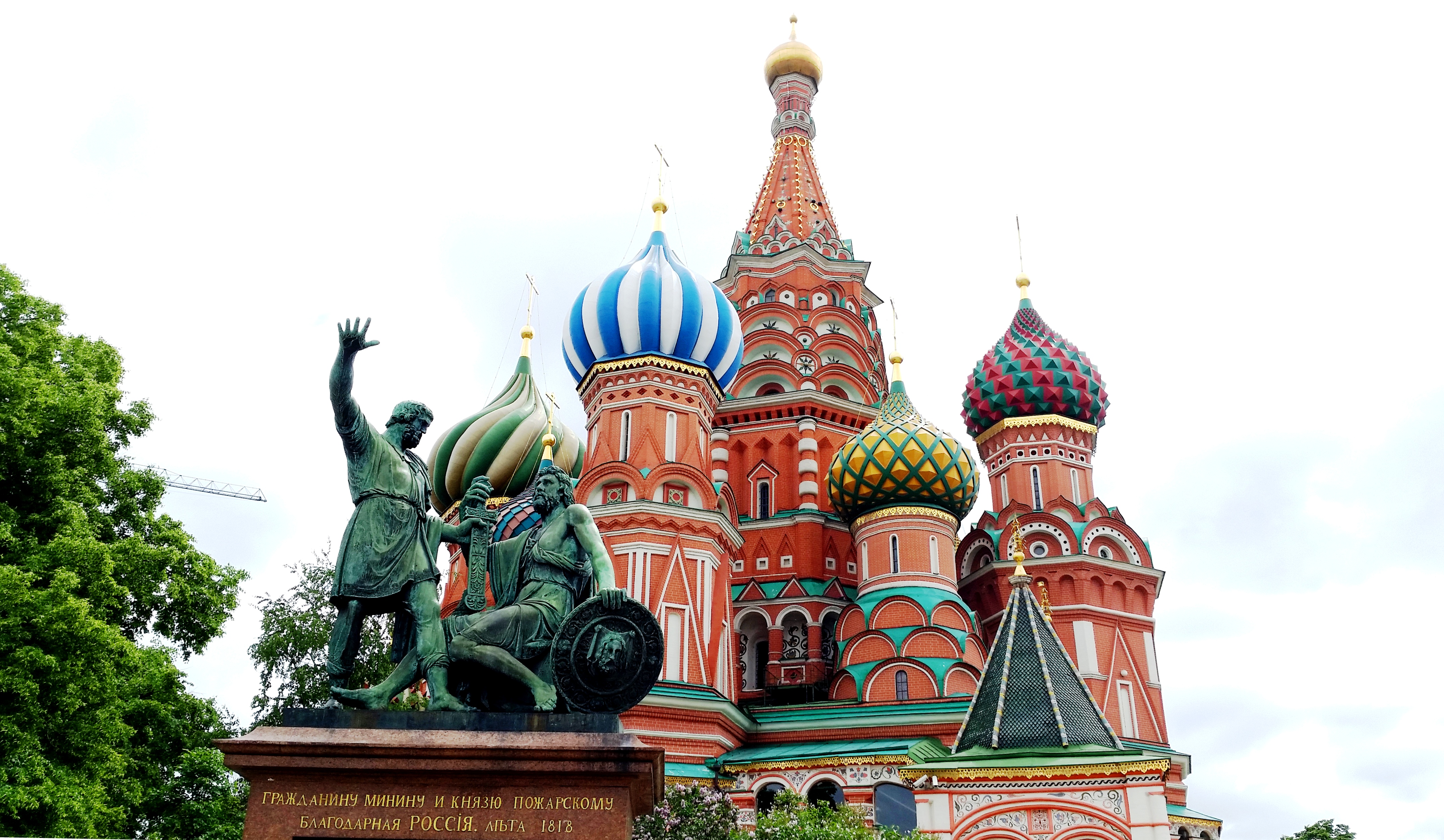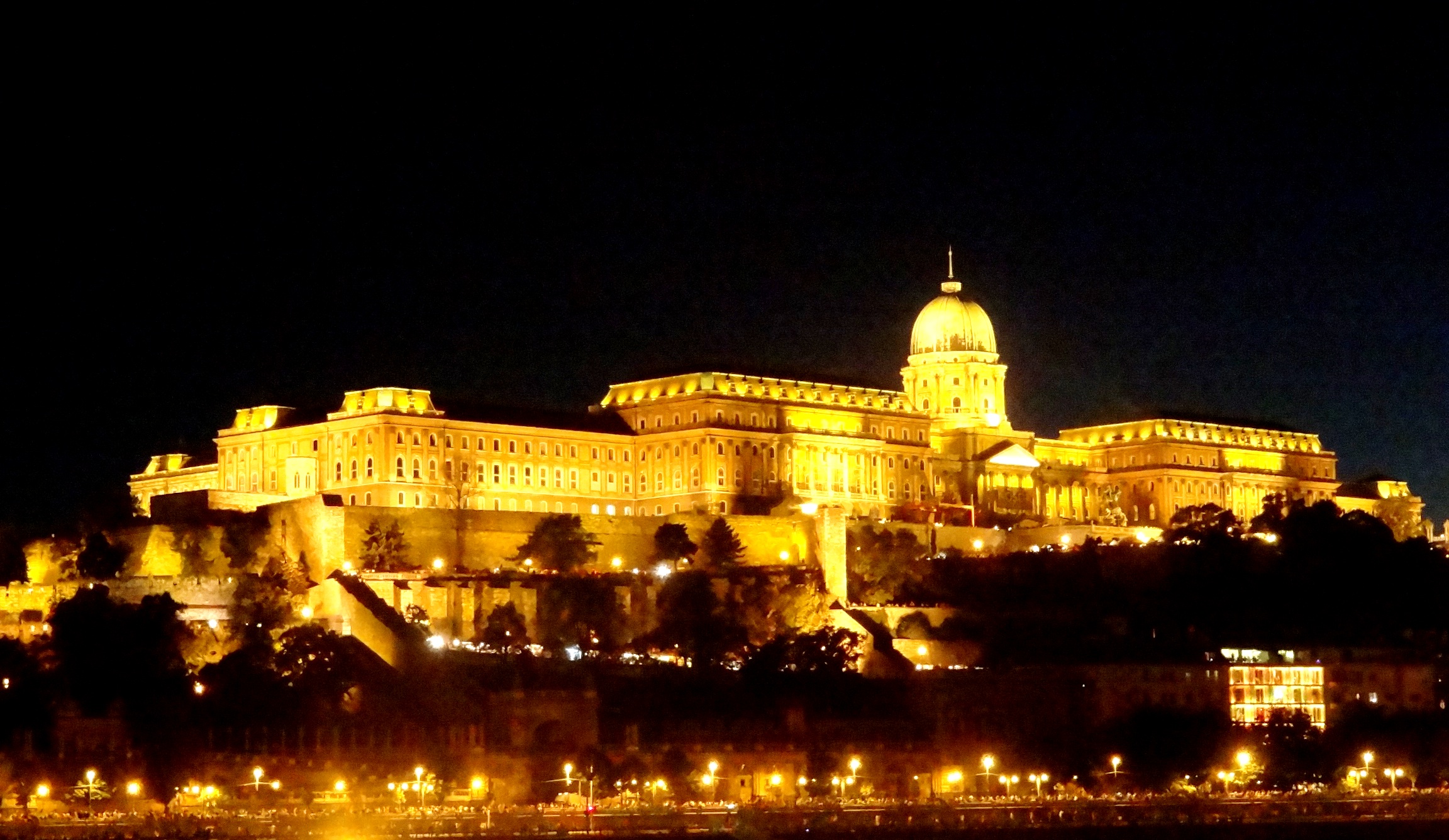The region North East of Moscow is home to some of the oldest towns in Russia. Historical cities of Sergiev Posad, Pereyaslavl-Zalessky, Rostov Veliky, Yaroslavl, Kostroma, Ivanovo, Suzdal and Vladimir make the Golden Ring Moscow.

These towns flourished with the trade from Western Europe, Byzantium and Central Asia around 11th century. Rich iconostasis and frescoes on interior walls of cathedrals reveal their political and historical significance in the centuries that followed. Their influence was eventually curtailed with the rise of Moscow as a capital in the 16th century.

The Golden Ring Moscow Travel
Enchanting beauty and the history of the Golden Ring Moscow lured us into taking an organized weekend getaway which covered the golden triangle of Sergiev Posad, Suzdal and Vladimir.
Sergiev Posad
We embarked on a road trip in a private taxi with our charming driver cum guide Alexy. Heading North after the breakfast, morning drive of an hour and half brought us to Sergiev Posad. The Trinity Monastery of St Sergius is the star attraction of the town. Founded by The Sergius of Radonezh in 1345, It was known to be a pilgrimage site for Russian tszars. The Trinity Monastery still holds a center stage in the history of Russian orthodox christian church.
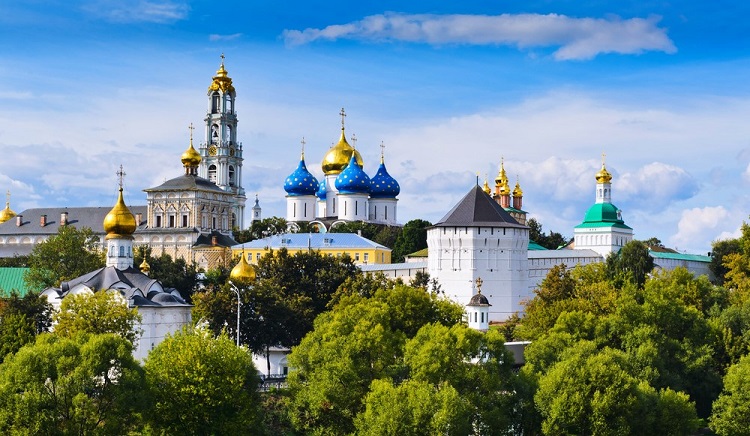
The Trinity Cathedral built in 1420, over the tomb of St Sergius, is the oldest church inside the monastery. The golden domes of the cathedral were shining bright under the sunlight leaving us squinting. These iconic onion domes became a blueprint for Russian church architecture for future churches across Russia. The Cathedral of Assumption is another magnificent church, whose design was inspired by the same cathedral in Moscow Kremlin. The white facade of the cathedral is adorned with one golden cupola surrounded by four azure blue domes. The awe inspiring interiors of the cathedrals are decorated with lavish frescoes and tiered gilded iconostasis painted by great medieval artists Andrei Rublev. The museum inside the monastery was worth a visit for the collection of gold coins, guilds, jeweled crosses & icons, tapestries and other noble gifts which made up the monastery’s rich treasury. The vibrant masterpiece of The Last Supper painted by Simon ushakov in 1685 left us speechless!

The quaint surroundings of Sergiev Posad was a welcoming change after the hustle bustle of Moscow. We walked around exploring the Tsar’s Palace, the Refectory, the bell tower, gate churches and wall towers perched on the fortified walls of the monastery. After spending few hours in the holy land, Alexy took us to a local cafe where we gorged on ‘Bliny’ (russian pancakes) before embarking on a road trip to Suzdal. For next three hours i reminisced over the rich heritage of the Russian Orthodox history.
Suzdal
We parked at a hotel next to the kremlin in Suzdal. After a quiet night over Kvas (Russian non alcoholic beer), it was wonderful to wake up to the music of the church bells early next morning. We were excited to explore Suzdal, the smallest and the best preserved town on the Golden Ring Moscow!
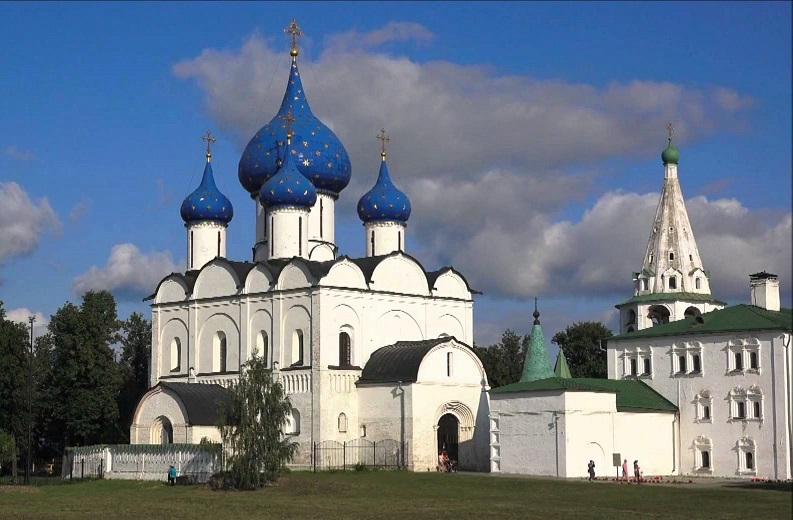
Walking around the green expanse, it was apparent that Suzdal had been spared from the industrialization, thanks to Trans-Siberian rail route, which bypassed the town. Suzdal is dotted with several monasteries, churches, cathedrals, bell towers, wooden cottages and a kremlin making it an open air museum. Suzdal wielded commercial and political influence from 12th to 15th century, when Moscow was merely a settlement under its power. Built in 11th century, Kremlin is the historical heart of Suzdal. It was a forefather of the Moscow Kremlin. The Cathedral of the Nativity lies in the center of Kremlin. Spectacular blue onion domes sprinkled with golden dust tower over this 13th century edifice. The Archbishop’s Chambers inside the Kremlin now acts as Suzdal Museum. Visit to the museum revealed the collection of artefacts which included the original gilded door of the cathedral and the icon of St Nicholas dating from 13th century. Besides 30 churches and 14 bell towers, Suzdal houses five convents. We explored the Convent of the Intercession and Wooden Church of St. Nicholas. The thick fortified walls guard the Saviour Monastery of St Euthymius on the scenic banks of Kamenka River. The reflection of The Church of Prophet Elijah in the water left lasting impression on my mind. Suzdal was like a gold mine on the Golden Ring. It was impossible to cover the history laced across 300 historical monuments in few hours!
Vladimir
Still reeling under awe we moved on to our last destination in the Golden Triangle. A short drive from Suzdal left us at the medieval city gate of Vladimir. Built in 1158 The Golden Gate was the entrance to the walled city. It remains the only surviving gate from the original fortification.
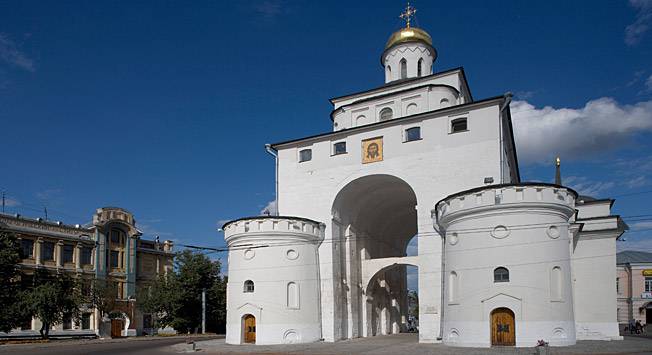
Before being eclipsed by Moscow, Vladimir flourished as a capital of medieval Russia and was the most powerful town on the Golden Ring Moscow. In the middle of the industrial explosion, we could not miss spotting the historical center, with golden domes shining on top of the 12th century Cathedral of Assumption. The cathedral has witnessed the coronation of many Russian Tsars including that of Alexander Nevsky. The Russian masters Andrei Rublev and Daniil Chernyi worked their magic on the walls depicting the prosperity of Vladimir in vivid frescoes during 15th century. Adorned with unique stone carvings on the upper part of the external walls, Cathedral of St. Demetrius founded in 12th century is another fine example of Russian medieval architecture.

The sun had started to droop on one side and it was time to head back. The long drive to Moscow passed through the countryside dotted with wooden dachas (Russian summer houses). I tried to imagine the fairytale setting of the churches during winter when they would be covered under snow, exposing only their shiny domes!

The golden domes perched over white washed churches, cloudy blue sky, pristine river backdrops and picture perfect countryside…It was a monumental weekend! The memories of unparalleled Russian orthodox opulence have lingered on till today!

Interesting facts about the Golden Ring Moscow:
- With the presence of their own kremlins, monasteries, onion domed cathedrals and churches, the cities on the Golden Ring Moscow were at the center stage of Russian history from 11th to 16th century.
- Exquisite monuments in these historical towns are adorned with Russia’s oldest religious art. The orthodox church walls are decorated with gilded Iconostasis where religious icons and events are painted in a tiered form.
- The connectivity to the towns on the Golden Ring would require a mix of transportation by trains, buses and taxis. Organized tour is the best way to cover the region.
- Visiting all the towns on the Golden Ring Moscow would take at least 5-6 days. The trip will take you through provincial Russia, a far cry from the usual glitz of Moscow and Saint Petersburg.
Read more about Things to do in Moscow and Moscow Metro Stations- Work of Art.
